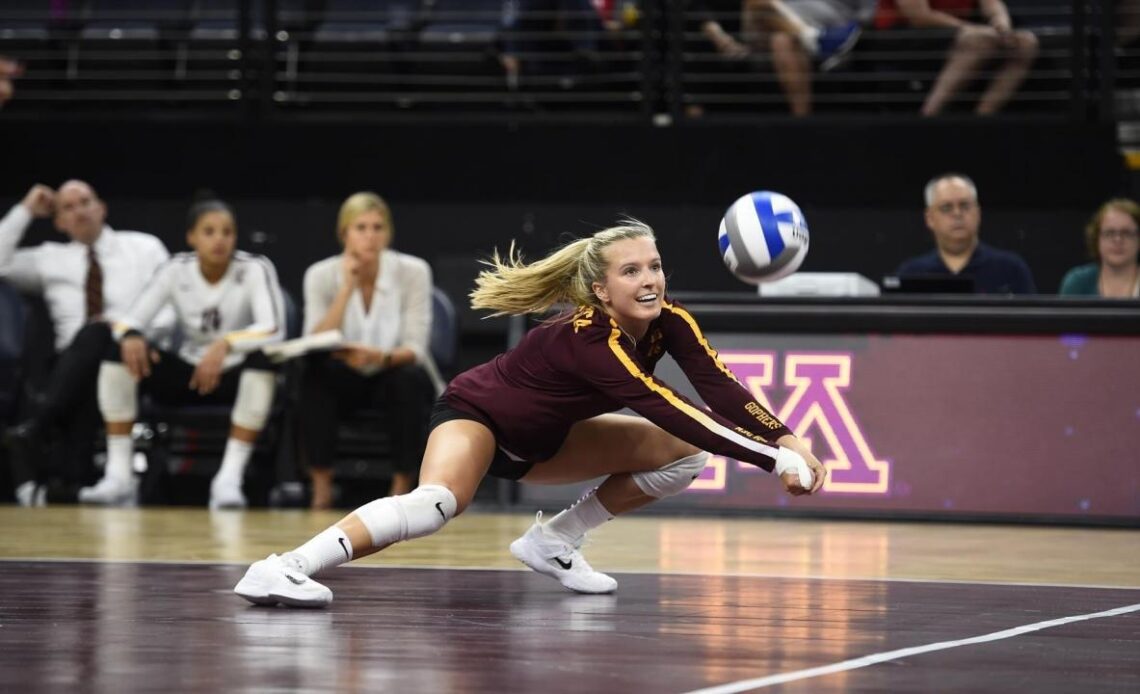The libero is impossible to miss when watching a volleyball match. Like clockwork, a first-time viewer of the sport will ask “Why is that player wearing a different jersey?” The answer oftentimes being: “That’s the libero.”
But what exactly does the libero do?
The libero can often be thought of as an extension of the defensive specialist. Before getting into that, though, let’s start with the rules that govern the position.
WATCH: Full cinematic recap of the 2020-21 volleyball championship
The rules of the libero
Per the NCAA rules book for women’s and men’s volleyball, the libero is strictly a back-row player and can only be replaced by the same player it replaces. Also, a coach can only designate one libero per set.
For most teams, the libero is not a starter. At the beginning of matches before the first serve, the libero will normally replace a player in the starting lineup. That player becomes the only player that can replace the libero. (There is normally one official tracking the libero substitutions during a match.)
The libero, also according to the rules, cannot “complete an attack hit” if the ball is above the net and it cannot perform an overhead set in front of the attack line — commonly called the 10-foot line — while still having teammates attack the ball above the net.
How is ‘libero’ pronounced?
It depends on who you ask. The word comes from Italian and means “free.” Big Ten volleyball players weighed in during an informal poll at media days and preferred “li-BEAR-o” to “LEE-beh-ro.”
The role of the libero
If those two rules weren’t in effect, the position would likely be utilized completely differently. Since those rules restrict hitting and setting at the position, the libero — based on size and the area that confines the position, as well — is often the best defensive player on the team and is used as a second defensive specialist. However, coaches aren’t required to use a libero, and the defensive specialist position doesn’t have a specific set of rules.
So why do teams use a libero in the first place?
A coach is limited to 15 substitutions per set, per NCAA rules. Most substitutions occur when a coach substitutes a hitter for a defensive player who just rotated to the front row, and vise versa — if that hitter does not play all six rotations. The libero substitutions do not count toward these 15 maximum…
Click Here to Read the Full Original Article at NCAA RSS…

